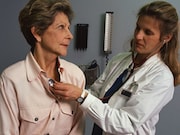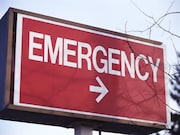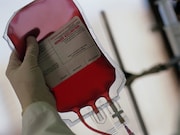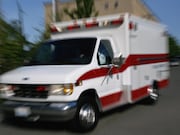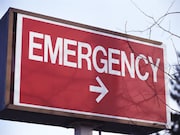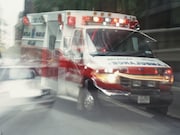Tag: Emergencies / First Aid
Canadian Syncope Risk Score IDs ED Monitoring Time Postsyncope
Half of arrhythmias identified within 2 hours in low-risk patients, within 6 hours in medium-, high-risk patients
Expanding Pharmacist Practice Scope Could Reduce ED Overcrowding
Benefits could be seen for frequent complaints like cough, dermatitis, and inflammation of ear, nose, throat
Red Cross Issues Emergency Call for Blood Donations
People nationwide, especially those with type O blood, are urged to donate as soon as possible
Chronic Fatigue Patients May Not Receive Proper ED Care
41 percent of patients did not go to ED, felt they would not be taken seriously or nothing could be done
Antibiotics Prescribed for Children More Often at Nonpediatric EDs
Frequency of guideline-concordant prescribing for respiratory conditions lower at nonpediatric EDs
December 2018 Briefing – Emergency Medicine
Here are what the editors at HealthDay consider to be the most important developments in Emergency Medicine for December 2018. This roundup includes the...
One in 10 EMS Encounters for Involuntary Psychiatric Holds
Alameda County study shows 41 percent directly transported to standalone psych emergency services
Many EDs Do Not Have Pediatric Area, Emergency Care Coordinator
Other studies detail concerns about pediatric telemedicine use, grassroots intervention to up PECC use
EMS Treatment for Possible Heart Attack Varies by Sex
Women less likely to receive aspirin, resuscitation, ambulance transport with lights and siren
Evidence on ED Diversion Strategies Inconclusive
But prehospital diversion does not seem to decrease proportion of patients transferred to ED


